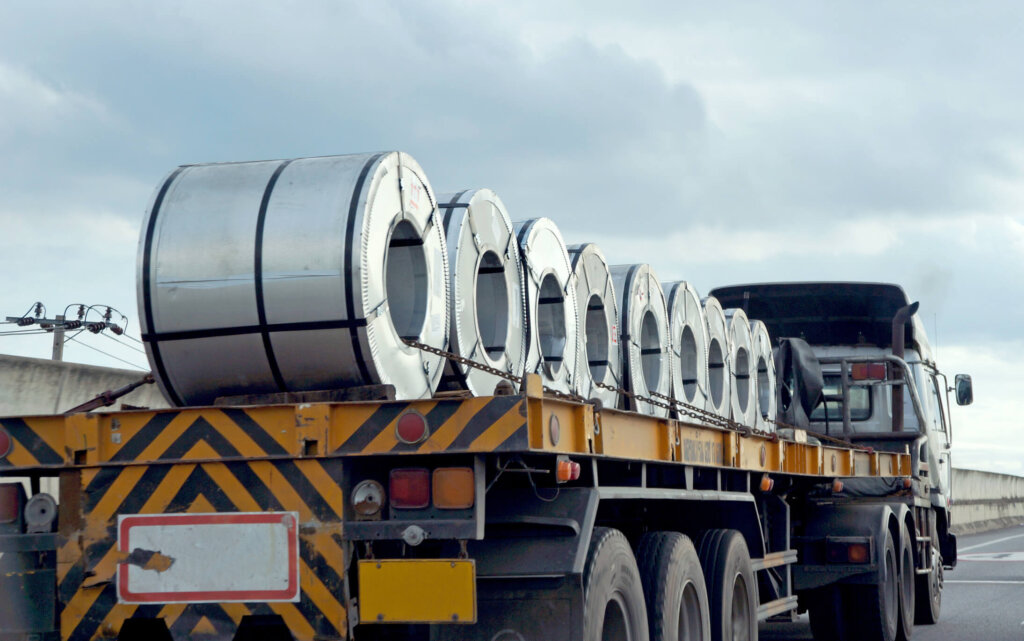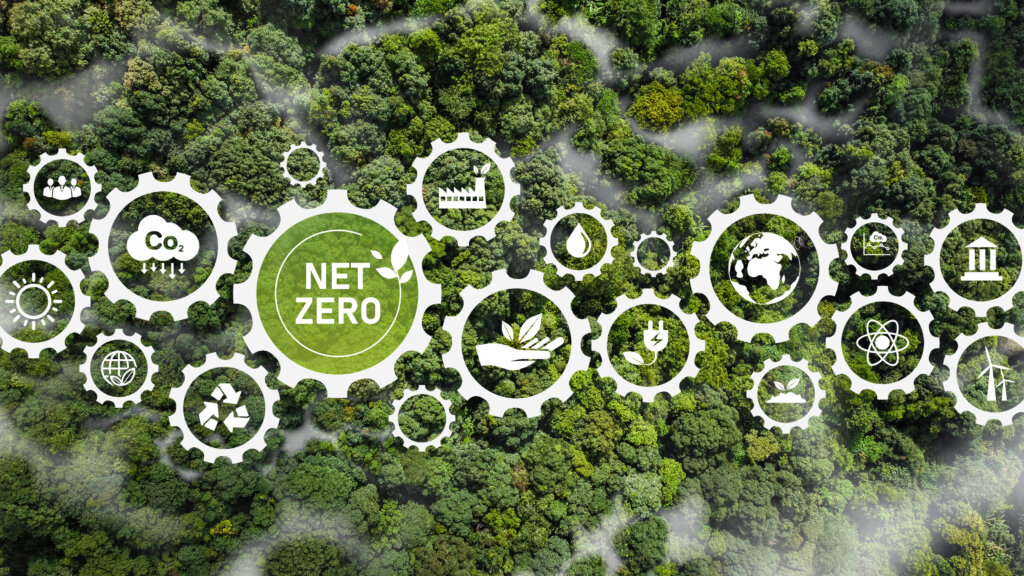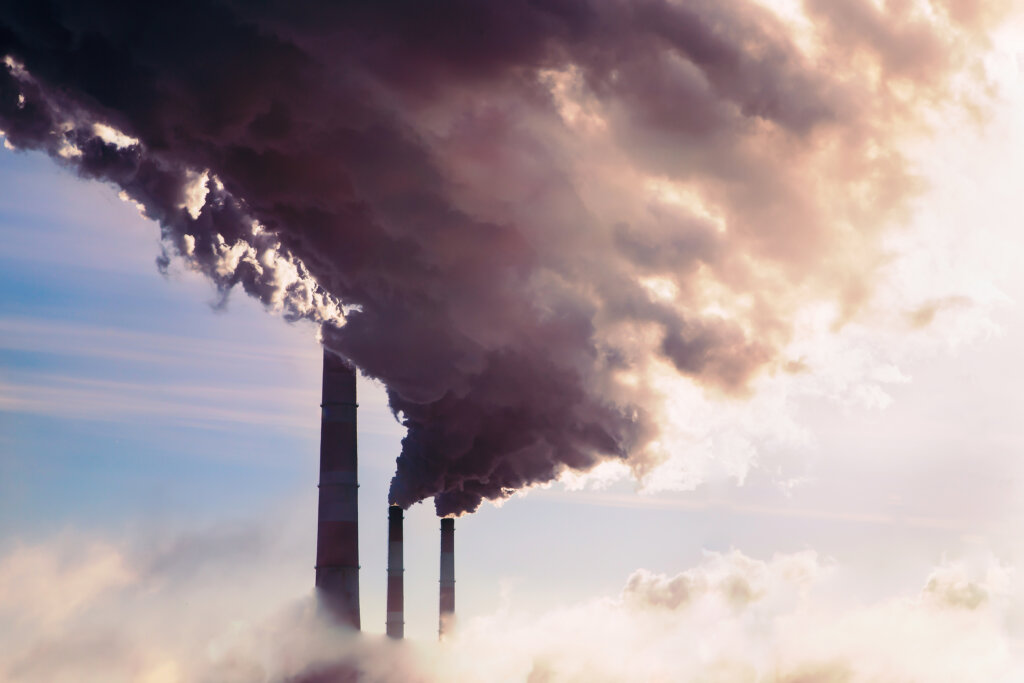How can we balance the demand for steel with its burden on our environment?
Steel is everywhere. It’s the backbone of our modern-day way of life. But global warming is an imminent and undeniable threat that we acknowledge as having the potential to yield undesirable consequences stemming from our industrial era.
According to the World Steel Association, nearly two billion metric tons of steel were produced in 2020, and along with it, more than 3 billion tons of greenhouse gas, or GHG, were emitted. That corresponds to between seven and nine percent of all human-generated greenhouse gas emissions. The planet has already warmed 1.1 degrees Celsius (approximately 34 degrees Fahrenheit), compared to its pre-industrial baseline. To combat climate change, the Paris Agreement was adopted in 2016 to substantially reduce greenhouse gas emissions by limiting the global temperature increase to 2 degrees Celsius in this century. Without a unified effort to reduce global warming, we risk climate catastrophes, such as erratic weather conditions, threatening wildlife, rising sea levels, and global health crises.
Steel is important due to its strength, versatility, and wide range of applications in infrastructure, manufacturing, energy, and transportation. It plays a vital role in supporting economic development, improving living standards, and facilitating technological advancements in various sectors. Even the very infrastructure for green energy production – everything from wind turbines to electric vehicles – depends on steel. The demand for steel is only going to increase, which is why it is essential to invest in developing technologies to decarbonize the steel sector.
The World Resources Institute has identified steel as one of the seven “hard to abate” sectors. This is because steelmaking is an energy-intensive process that faces significant challenges in reducing greenhouse gas emissions due to its reliance on fossil fuels. Additional factors contributing to the complexity include high capital investments, limited technological advancements, and the need for substantial changes in infrastructure.
How will the industry do it? While there is no one-size-fits-all approach to achieving net zero emissions, the switch from traditional blast furnaces to electric arc furnaces will be the largest contributor to GHG reductions. Electric arc furnaces have already reduced the CO2 per ton of steel by 71%, while also contributing to the circular economy of steel by utilizing scrap. Many technological advancements are also in development to decarbonize steel, including carbon capture and storage (CCS), conversion to renewable energy sources, substituting hydrogen for carbon as a reductant, and using electrical energy through electrolysis.
An analysis by energy research company Wood Mackenzie estimated the steel industry will need to invest $1.4 trillion dollars to achieve net zero carbon emissions. While a large component of decarbonizing the steel sector will come from new capabilities and technologies that aren’t operating at scale today, there are still several actions that you can take today to ensure they are reducing their carbon footprint. Some of those actions include implementing energy-efficient practices, adopting renewable energy sources, optimizing supply chain logistics, promoting sustainable transportation options, purchasing quality carbon credits, and engaging in waste reduction and recycling initiatives.
For our industry, that means a near-term focus on continuing to reduce energy consumption as well as investing in more research and development to find ways to clean up the steelmaking process for the future.
The steel industry faces a carbon dilemma that demands attention. We must all do our part to invest in cleaner technologies and participate in initiatives that promote an eco-friendly tomorrow. It is crucial for us to prioritize sustainability and collaborate to strike a balance between steel production and environmental stewardship.



